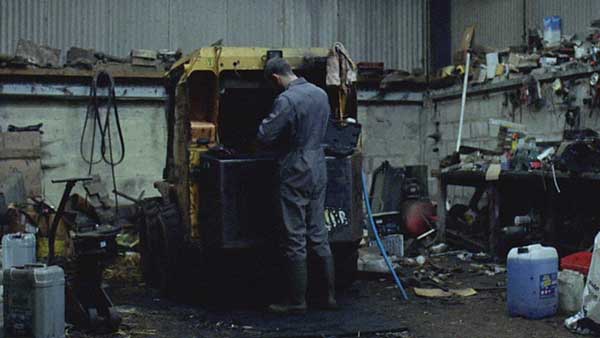Sexual Assault Risk Reduction and Resistance: Theory, Research, and Practice, 2018, Pages 175-193
Sexual Assault Risk Reduction and Resistance: Theory, Research, and Practice, 2018, Pages 245-289
The increase in population coupled with rising per capita income and associated change in consumption habits will put unprecedented stress on food, energy and water (FEW) resources. Sustainable and reliable fresh water supply is central for life and also for all sectors that support our existence. Uncertainty on water security prompted interest in investigation of renewable energy driven desalination processes. One particularly promising option is to produce fresh water from the two most abundant resources on earth: solar energy and seawater.
Successful Food-energy-water (FEW) nexus projects will be more likely to succeed if a transdisciplinary approach is used. Ecological modernization (ecological technology) policies and practices, and sustainable supply chains influence the FEW nexus from a commerce and industry perspective. Taking these perspectives and considering their intertwined linkages is important for advancing research and adoption of FEW nexus efforts. This paper provides an overview of these perspectives and interlinkages.

